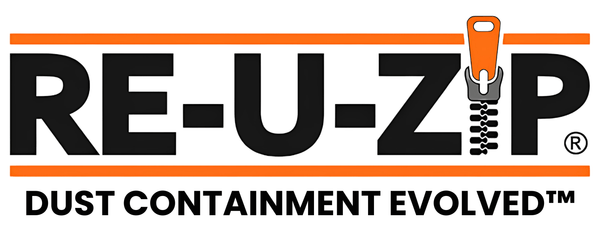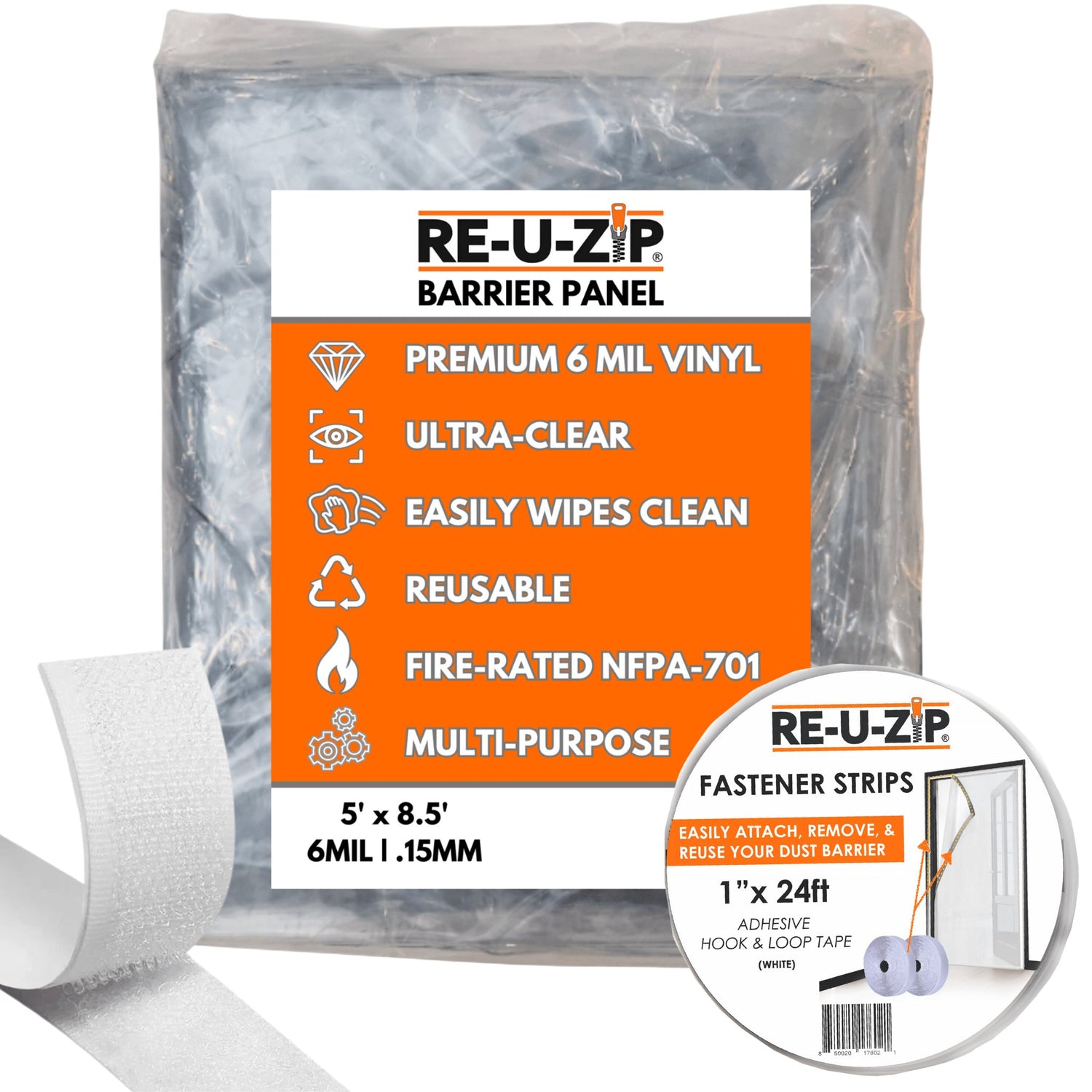
Small Steps, Big Impact: Energizing Green Public Relations with Energy-Efficient Government Buildings
Share
In 2025, the momentum for sustainable development is stronger than ever, especially in the public sector, where government buildings are at the forefront of eco-friendly infrastructure. These structures are becoming more than just spaces for offices or public services; they are evolving into symbols of a municipality's dedication to sustainability. For facility managers, public sector sustainability coordinators, and contractors focusing on municipal projects, explore energy-efficient solutions to formulate a powerful green public relations strategy.
Sustainable Building Solutions Transforming Government Infrastructure
At the core of transforming government properties into models of eco-conscious urban planning lies sustainable building solutions. By emphasizing discover innovative energy-efficient government buildings, municipalities can substantially cut down on energy consumption and operational expenses. This move towards sustainability not only aligns with government green initiatives but also sets an example for other sectors, including healthcare, manufacturing, retail, hospitality, and education.
Eco-Friendly Infrastructure and a Sustainable Legacy
Incorporating sustainable construction materials and reusable barrier systems is critical in reducing the environmental impact of both new constructions and retrofits. The Empire State Building retrofit in New York City is a prime example, showcasing a 40% reduction in energy use due to innovative technologies. This project highlights the role of sustainable construction materials in achieving significant energy and cost savings.
Green Public Relations Strategy Elevating Community Trust
A well-thought-out green public relations strategy is crucial for municipalities aiming to bolster their image and community relations. By demonstrating their commitment to sustainability through energy-efficient government buildings, municipalities can enhance public perception and trust. The economic benefits of reduced energy costs further reinforce this strategy, showcasing fiscal responsibility and forward-thinking leadership.
Economic Benefits of Investing in Sustainable Infrastructure
Investing in sustainable energy-efficient government buildings is not just an environmental necessity; it's an economic opportunity. The long-term savings from reduced energy consumption enable municipalities to redirect funds to other public services, improving overall community welfare. This financial prudence, coupled with environmental benefits, presents a compelling case for stakeholders to invest in sustainable building solutions.
Call to Action for Sustainable Development Enthusiasts
As we progress further into 2025, the call for sustainable development becomes increasingly urgent. Facility managers, public sector sustainability coordinators, and contractors specializing in municipal projects have a unique chance to lead the charge. By embracing energy-efficient government buildings and eco-friendly infrastructure, they can cultivate a culture of sustainability that extends beyond their immediate projects.
Conclusion: A Vision for Sustainable Progress
In this age of environmental awareness, the shift to energy-efficient government buildings is more than just a trend; it's a necessity. These structures not only minimize environmental impact but also enhance green public relations for municipal projects, setting a standard for others to follow. By collaborating with leaders like RE-U-ZIP, municipalities can continue paving the way toward a future where environmental stewardship and economic prosperity work hand in hand.
Explore more sustainable solutions today to make a difference.



